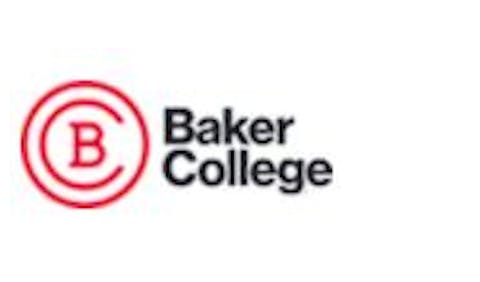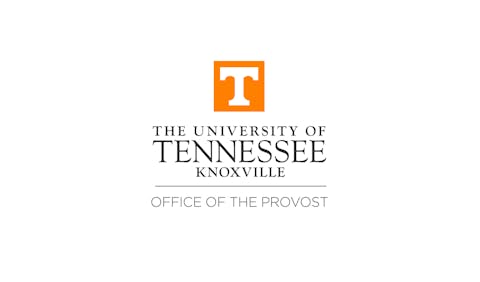
The report, “Equity and Emergency: COVID-19 Relief Funding at Historically and Predominantly Black Community Colleges in the South,” examines how 39 institutions across 10 Southern states utilized Higher Education Emergency Relief Fund (HEERF) allocations during the COVID-19 pandemic.
“This study offers a clear picture of what institutional funding can be when policymakers prioritize the needs of students,” said Dr. Kayla Elliott, co-author and Joint Center Workforce Policy Director.
From 2020 to 2022, the federal government distributed nearly $80 billion to higher education institutions through three rounds of HEERF funding, with community colleges receiving $25 billion of that total. The 39 institutions analyzed in the study received about $765 million for direct student aid and $1.9 billion for institutional expenses.
The funding came at a critical time for Black community college students, who were disproportionately affected by the pandemic. According to the report, Black adults faced higher rates of food and housing insecurity during COVID-19 and were more likely to take on debt to pay for household expenses.
“Black students' community college enrollment declined by 21 percent from fall 2019 to fall 2021,” the report notes, highlighting the pandemic’s acceleration of already concerning enrollment trends.
According to the report, the HEERF funding model was groundbreaking in three key ways: it represented an unprecedented federal investment in community colleges, it based allocations partially on Pell Grant recipients, and it included special funding for institutions serving students of color.
“HEERF data tells a story of what institutional funding can be when policymakers consider the needs of each institution's students,” Elliott and co-author Bianca Dacres wrote in the report.
The study found that institutions primarily spent relief funds on campus safety and distance learning in 2020, with every institution in the sample reporting costs for these purposes in 2021. By 2022, coronavirus practices and distance learning became the most common expenses.
Lost revenue was the highest median purchase cost in both 2021 and 2022, reaching nearly $2 million per institution in 2021. Twenty-two institutions used some of their institutional funding to disburse additional emergency aid directly to students in 2020, though none did so in subsequent years.
Institutions used various methods to distribute student aid, with paper checks being the most common distribution method every year, followed by direct deposits. Most institutions provided some form of guidance to students about the emergency financial aid grants.
For determining student aid amounts, the most common factors were administrative data, Pell Grant eligibility, and specific methodologies developed by the institutions. Few colleges considered family income information or students' on-campus/off-campus living status when determining aid amounts.
The funding received by these schools ranged from $3.7 million to $348.3 million per institution, with a median of $47.8 million. Hinds Community College in Mississippi received the largest allocation at $348.3 million, while Gupton Jones College of Funeral Service received the least at $3.7 million.
The researchers hope the findings will influence future funding models for higher education, particularly for Title III and Title V of the Higher Education Act, which provides dedicated funding for HBCUs and PBIs.
“Like HEERF, increases to dedicated funding for HBCCs and PBCCs should account for multiple factors, including size, type, location, endowment, and historic underfunding,” the authors write.
The report notes that institutional leaders have expressed a desire to expand the allowable uses of Title III funding to cover expenses for students including food, housing, emergency aid, childcare, transportation, and mental health support.
The study examined institutions in Alabama, Arkansas, Georgia, Louisiana, Maryland, Mississippi, North Carolina, South Carolina, Tennessee, and Texas. The deadline for spending all HEERF funding was June 2023, with institutions that did not use all their funds able to request extensions.
“As state and federal policymakers consider new funding models, insights from HEERF allocations at HBCCs and PBCCs in the South can provide valuable insight into equity and emergency relief funding,” the authors concluded.















